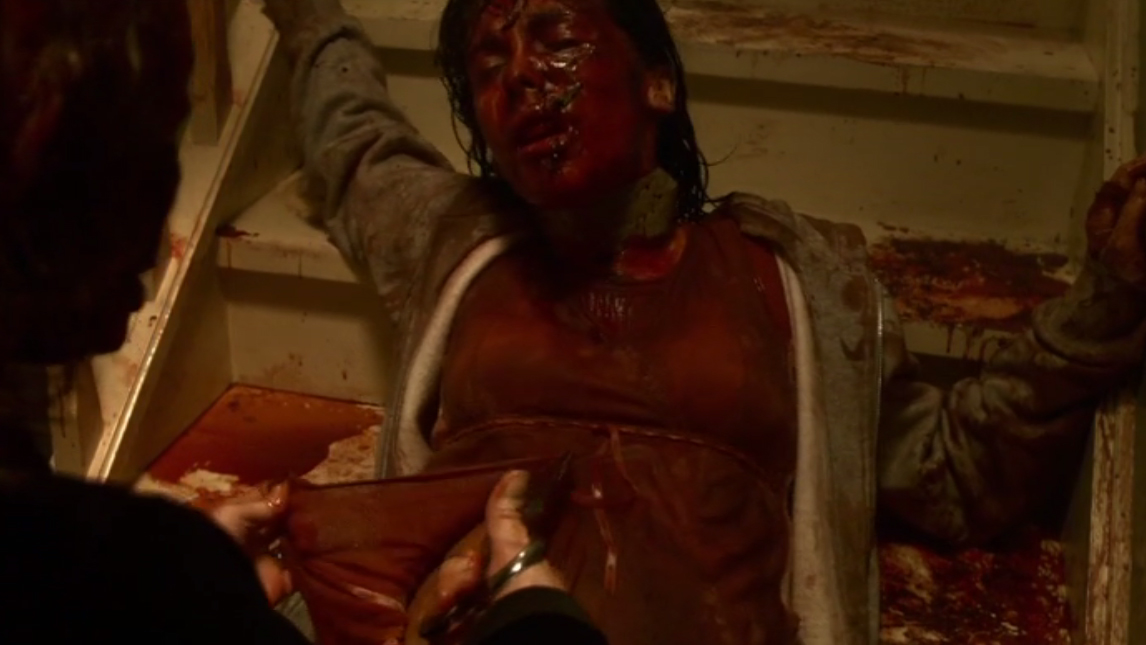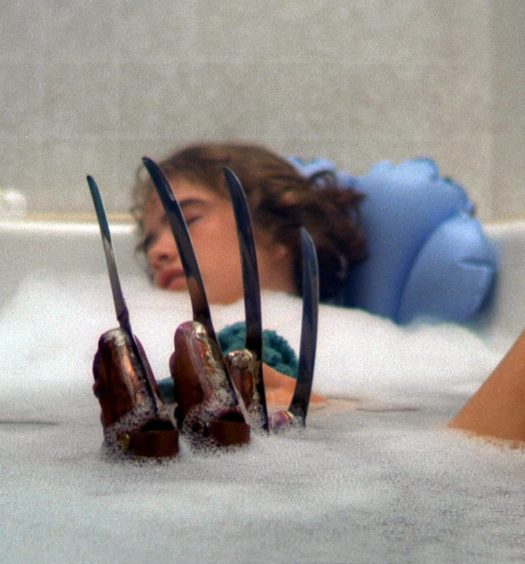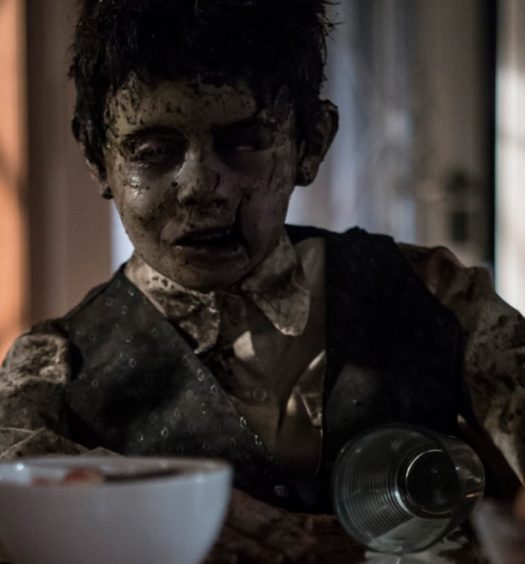Christmas is here. Kids are ripping into presents while parents groggily post highlights to Social Media in a desperate search for the validation of their life choices. For film aficionados, Christmas is an unholy battleground with debates raging about what constitutes a Christmas movie. Die Hard’s inclusion in Christmas Movie canon is hotly contested. But there’s one movie conspicuously absent from the conversation—Alexandre Bustillo and Julien Maury’s 2007 New French Extremity horror film, Inside (À l’intérieur).
I can hear a thousand browser windows closing in unison, but hear me out, and then you can hate-tweet your vitriol later.
On paper, Inside is the antithesis to Christmas. It lacks the manufactured joy and cheer associated with the holiday. However, underneath the French veneer and unrelenting violence is an honest Christmas story for the masses.
Inside is about a pregnant widow set to give birth on Christmas, but a mysterious woman in black wants to rip the baby from her womb and take the child as her own. It’s the quintessential New French Extremity film due to its bleak, brutal nature, and straightforward storyline.

No, Inside is not a Christmas movie for everyone, but by the same token neither is A Christmas Story, It’s a Wonderful Life, or Die Hard.
For many, Christmas is a chore. It’s a soul-sucking display of consumerism run amuck. Food needs to be made, house needs to be cleaned, relatives need a ride from the airport, and presents need to be bought and wrapped. Often, it’s overwhelming—too much to do with too little time. And before you know it, it’s over. Everyone is gone, and the house falls silent.
The problem with narrowly defining what is and isn’t a Christmas Movie is that doing so is exclusionary. It’s predicated on the idea that Christmas is a sacred holiday for love, redemption, and forgiveness. Your typical Hallmark Christmas movie creates an improbable ideal of holiday perfection. Underneath the ideal families, well-wrapped gifts, and easily solvable holiday follies are lies. No real family is perfect, and yet our entertainment idolizes the unattainable.
Not everyone views Christmas as some happy-go-lucky holiday of joy and cheer. Some find the societal obligation of gift buying and family gatherings as soul-crushing. The holiday doesn’t universally bring happiness to all. To some, the holiday harbors pain. In the U.S., it’s impossible to escape the long tendrils of Christmas Consumerism, and that inability to avoid it is Inside‘s underlying theme, which makes it the perfect Christmas movie for the real world—no bullshit.
In Inside, Le Femme (The Woman) is the personification of the Christmas Spirit—an unrelenting and unstoppable force of nature. She’s a reminder that you cannot hide from Christmas in today’s world. It infects society, spreading like a virus through vulnerable populations. Let it in, and, if you’re no fan of the holiday, it could kill you.

Underneath the French veneer and unrelenting violence is an honest Christmas story for the masses.
Sarah, the widowed and expecting mother, angry over the death of her husband, is not looking forward to spending Christmas in a hospital with a newborn baby. She detests the holiday, unmoved by family, friends, and medical professionals who prod her to enjoy it.
Naturally, the two clash.
For those who have an unfavorable opinion of Christmas, the fight between Sarah and The Woman is a reminder that there’s no escape from the holiday. Christmas and the pain associated with it is inescapable. Inside is a reminder that life doesn’t guarantee a happy ending. Inside, like life, is messy and complicated–which makes it the quintessential Christmas movie. It’s raw, real, and unrelenting.
No, Inside is not a Christmas movie for everyone, but by the same token neither is A Christmas Story, It’s a Wonderful Life, or Die Hard. That doesn’t make them any less a Christmas movie to those who enjoy them.































